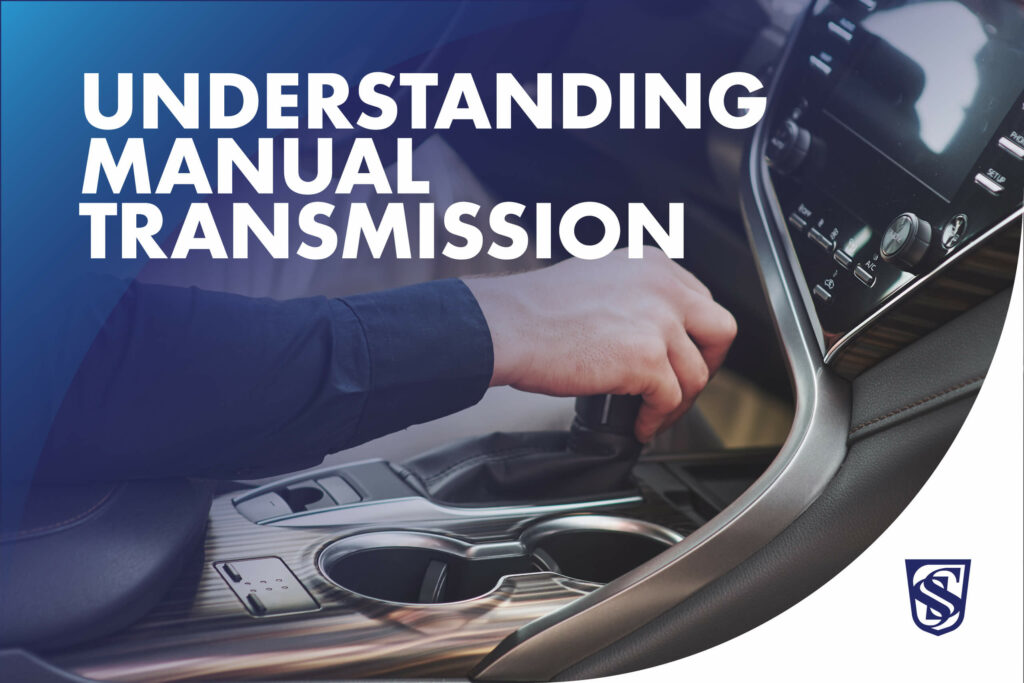Manual transmission may sound like confusing mechanic language. Whether you are an expert looking to do a manual transmission rebuild or are new to driving, brushing up on what is manual transmission and how it works is helpful. Anyone can learn to understand what a manual transmission is, how it operates, and the type of transmission that is best for them.
In this article, we’ll be going over the basics of the transmission, how manual transmission works, and comparing manual and automatic transmissions.
Transmission Basics
The transmission of a vehicle is what moves power from the car’s engine to its wheels. It helps the gear ratio between the engine and drive wheels adjust as the vehicle accelerates or decelerates. The transmission helps the car accelerate quickly and makes the engine run slower so that it lasts longer.
There are two types of transmissions: automatic and manual transmissions. A manual transmission is a gearbox in which the driver has full control. Manual transmission gears have different sets that the driver can choose from. They select the proper gear ratio to drive the car in while engaging or disengaging the clutch. Lower gear ratios are for lower speeds, and higher gear ratios are for higher speeds. If you are experiencing transmission issues, visit a local transmission repair shop for help.
How Manual Transmission Works
Now that you’ve learned what is manual transmission, the next step is understanding how manual transmission works. To operate a vehicle with a manual transmission you must:
- Depress the clutch with your left foot.
- Use your right hand to manually shift. The manual transmission gears are numbered, and you will usually go in order beginning with 1.
- With your right foot, slowly press the gas pedal.
- Release the clutch at the same time as you press the gas pedal.
- As you accelerate, shift slowly into higher gears by depressing the clutch and shifting to the next gear.
Manual vs. Automatic Transmission Pros and Cons
In comparing manual vs automatic transmission in vehicles, there are some clear pros and cons to each. You will want to consider this information before deciding to purchase a vehicle with a manual transmission.
Pros of driving manual instead of automatic:
- Higher fuel efficiency
- More control
- Lower cost
- Probability of being stolen is lower
- Fewer transmission repairs needed
Cons of driving manual instead of automatic:
- Fewer vehicle options
- Frustration in stop-and-go traffic
- Difficulty driving, especially on hills
Manual vs. Automatic Transmission: What’s Best For You
Now that you understand what is manual transmission, the decision to purchase a car with a manual or automatic transmission is completely yours. If you are an attentive driver that is looking for a lower-cost or more fuel-efficient vehicle, a manual transmission may be the right fit for you. If you are wanting more vehicle options, or live in an area with hills or a traffic-filled commute, an automatic transmission might be the right way to go.
Before purchasing a manual transmission vehicle, ask a friend if you can practice driving in their stick shift car. This will help you become more comfortable, and ensure that you feel ready to buy a car with a manual transmission.
Conclusion
Manual transmission vehicles are great cars. They have simpler maintenance and often last longer than automatic vehicles. Drivers also get to choose manual transmission gears as they drive, giving them more control. We hope this helps you choose the right transmission to meet your needs.
If you are experiencing problems with your automatic or manual transmission, visit our transmission shop for an expert inspection and repair service.
